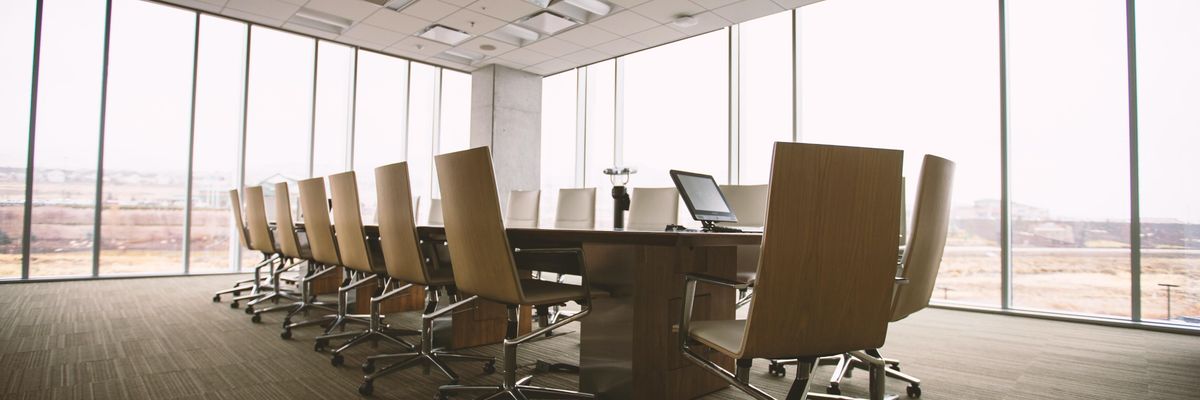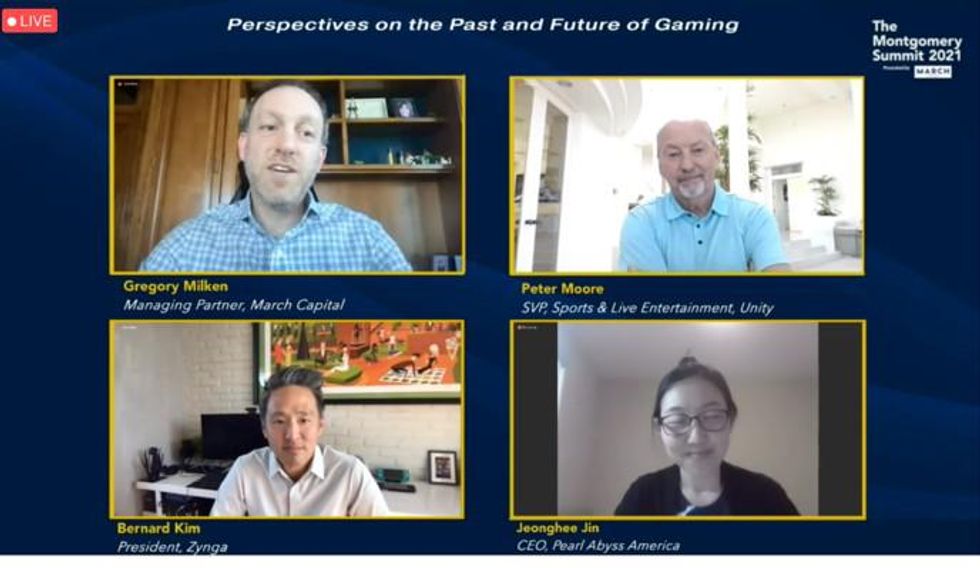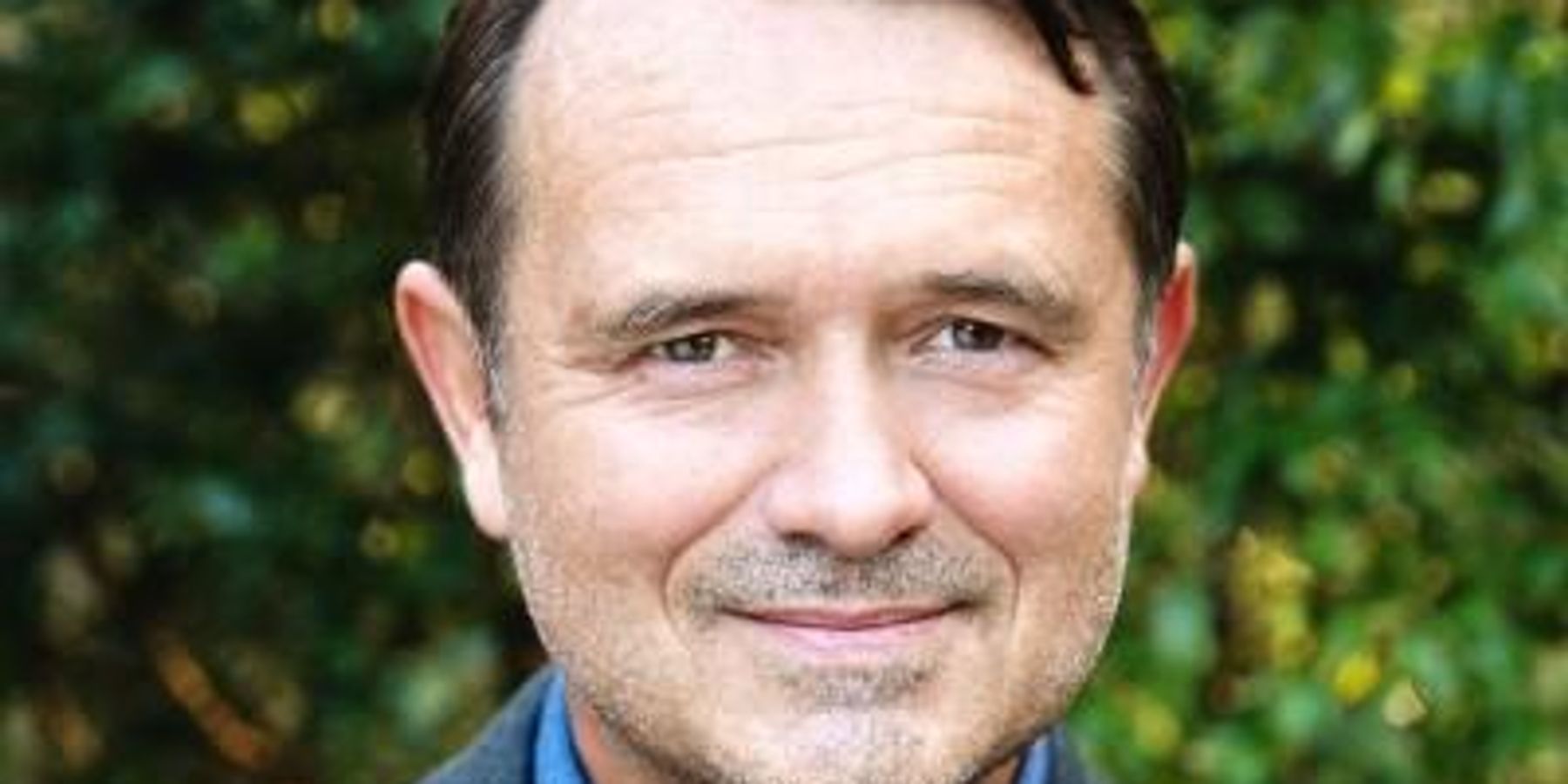

Get in the KNOW
on LA Startups & Tech
X
Photo by Benjamin Child on Unsplash
Why a Startup Needs a Board: The Why and How of Constructing a Board Early
Spencer Rascoff
Spencer Rascoff serves as executive chairman of dot.LA. He is an entrepreneur and company leader who co-founded Zillow, Hotwire, dot.LA, Pacaso and Supernova, and who served as Zillow's CEO for a decade. During Spencer's time as CEO, Zillow won dozens of "best places to work" awards as it grew to over 4,500 employees, $3 billion in revenue, and $10 billion in market capitalization. Prior to Zillow, Spencer co-founded and was VP Corporate Development of Hotwire, which was sold to Expedia for $685 million in 2003. Through his startup studio and venture capital firm, 75 & Sunny, Spencer is an active angel investor in over 100 companies and is incubating several more.
If your business is a corporation, you are required by law to have a board of directors. For many startups, it can seem like just an option. However, there are many reasons startups should aim to form their own board of directors early in their lifecycle.
Does Your Startup Need a Board of Directors?
Yes. Even for experienced founders, a new company comes with new challenges — and an opportunity to make all new mistakes. For first-time founders, you don’t know what you don’t know. The best way to avoid many of these mistakes is to surround yourself with experienced counsel, and a board is a way to formalize that. The primary job of a board of directors is to look out for shareholders' interests, oversee corporate activities, assess performance, assess the CEO and senior management and give feedback about the future direction of the company. Your board should help provide advice and mentorship from people who have been there, done that.
When Should Your Startup Form a Board?
As you start to think about your board as founder and/or CEO, the board can initially be as small as just one director: you.
As the startup grows and evolves over funding rounds, you should expand and include more members. The most standard time to form a board is after the Series A funding round, but some startups choose to after the seed round. Typically, the board expands as the company does from two to three directors (including the CEO) around the Series A, to five to seven directors when the company is in the Series C/D stage to seven to nine directors as it is preparing to go public.
I prefer boards on the smaller side because they can be more collaborative and interactive, but as you create board committees, you will need a larger board in order to have two to three directors on each committee.
Who Should Serve On Your Startup's Board?
One of the best ways to fill a board of directors is to find the people you wish you could hire but may be in positions where it’s not really feasible. For a startup, you should aim for a board with three to five directors. This should include one or more in each of the following categories: the founder, an investor in the company and an independent director.
You’ll want to have some of your investors on the board because they are the ones most rooting for and affected by the financial success of the company. This will also allow them a small measure of control and visibility into the company's progress. Keep in mind it’s important to keep cultivating these relationships for when you need to raise capital down the road.
Additionally, it’s important to have one or more independent directors — a person who is neither an employee nor an investor in the company — on the board early. Ideally, you’ll be able to find another founder, peer, colleague or acquaintance who has been in your seat before and can bring a clear, objective perspective to board discussions. A trusted independent director can let you know if you’re missing an opportunity or taking a step in the wrong direction. Plus, most importantly, help navigate the challenges that arise when the investor board directors may have a different perspective from or disagree with the operating board directors.
Lastly, the diversity of your board is also extremely important. Groups from different backgrounds, genders, races and perspectives make better decisions and improve business outcomes. I recently had a conversation with CNBC’s Julia Boorstin at the dot.LA Summit about this very thing.
A Board Success Story
Throughout my countless years working and growing with boards, I’ve had many opportunities to see just how important a good BoD is. A great example of when a board decision aided my company and me more than expected is from my time at Zillow.
Prior to 2008, investors were looking to invest more money into Zillow — which we didn’t need at the time. One of our board members, Bill Gurley, gave the great advice of “take the hors d'oeuvres when they’re being passed” or take the money when it’s being offered. We ended up taking on the new capital and it was good that we did. When the 2008 financial crisis hit, the extra capital allowed Zillow to weather the storm and take advantage of the moment to expand more aggressively when the market was up for grabs.
It’s small moments like this that led to bigger successes down the road and prove the importance of having a board early.
Final Thoughts
Your board of directors should help you navigate challenges and serve as a trusted sounding board (pun intended) when you need advice. Something most, if not all, founders know by now is that startups are dynamic and constantly evolving, so as your startup scales your board will too. And if you build the foundations of your board thoughtfully, it will aid your startup in the years to come.
From Your Site Articles
- Brian Lee Offers Lessons From Being A 4-Time Startup Founder ... ›
- Brex Co-Founder on Why He Moved to LA, Startups and Remote Work ›
- How To Structure Your Startup's Board: From Pre-Seed to IPO - dot.LA ›
- Three Tips for Working With Your Start-Up Board - dot.LA ›
- Three Tips for Working With Your Start-Up Board - dot.LA ›
- Three Tips for Working With Your Start-Up Board - dot.LA ›
Related Articles Around the Web
Spencer Rascoff serves as executive chairman of dot.LA. He is an entrepreneur and company leader who co-founded Zillow, Hotwire, dot.LA, Pacaso and Supernova, and who served as Zillow's CEO for a decade. During Spencer's time as CEO, Zillow won dozens of "best places to work" awards as it grew to over 4,500 employees, $3 billion in revenue, and $10 billion in market capitalization. Prior to Zillow, Spencer co-founded and was VP Corporate Development of Hotwire, which was sold to Expedia for $685 million in 2003. Through his startup studio and venture capital firm, 75 & Sunny, Spencer is an active angel investor in over 100 companies and is incubating several more.
https://twitter.com/spencerrascoff
https://www.linkedin.com/in/spencerrascoff/
admin@dot.la
Outlander VC’s Paige Craig on Investing Early and Identifying Intelligent Leaders
06:04 AM | June 22, 2022
On this episode of the LA Venture Podcast, Outlander VC founder and Managing Partner Paige Craig discusses how he pivoted from working in the defense industry to investing early in major companies like Wish, Scale and Gusto.
Craig’s entrepreneurial journey is unique, to say the least.
Following his time in the Marine Corps and in national security, Craig said he saw an opportunity building capabilities for the U.S. following its 2003 invasion of Iraq. But with little fundraising success, he had to find his own way into the industry and his own competitive advantage. He traveled to the Middle East, posed as a CNN reporter and found his way into Baghdad.
“I can’t even tell you the shit we went through,” he said. During his time in Iraq, Craig said his Lincoln Group closed deals in the Middle East focused on gathering special intelligence, running unconventional operations aided by technology and creating other military capabilities.
“I endorsed every mission we took,” he said, “ and I can stand behind all of them if they ever get released and declassified someday.”
Craig eventually sold the company to multibillion-dollar defense contractor Constellis.
“I took my money, but more importantly, my lessons learned about how to create something from nothing and I started angel investing back in 2009,” Craig said.
His unique business background informs his approach to investing. Understanding company founders as people—particularly through his method of observing human characteristics linked to vision, intelligence, character and execution—helps investors understand their businesses.
“Everything comes down to identifying very unique people—the outlanders,” he said. “We are looking for extremely unique people who are highly inclined to build fast growing, highly scalable tech companies, when most of the world around them is saying, ‘fuck you’.”
Many investors mistakenly think they know how to run the companies they help fund, Craig said. But by identifying founders with both emotional and intellectual intelligence early on, he said he focuses instead on fostering leadership skills and developing the next generation of talent.
“These people reminded me of me several years back, where they're under-resourced [and] no one believes in them,” he said. “They're taking on huge missions that mean everything to them, and I just saw all these psychological parallels to what I went through. And I was like, ‘Look, I can't tell you how to develop a server farm, but what I can tell you how to do is how to lead people.’”
dot.LA Editorial Intern Kristin Snyder contributed to this post.
Click the link above to hear the full episode, and subscribe to LA Venture on Apple Podcasts, Stitcher, Spotify or wherever you get your podcasts.
Read more
Show less
Minnie Ingersoll is a partner at TenOneTen and host of the LA Venture podcast. Prior to TenOneTen, Minnie was the COO and co-founder of $100M+ Shift.com, an online marketplace for used cars. Minnie started her career as an early product manager at Google. Minnie studied Computer Science at Stanford and has an MBA from HBS. She recently moved back to L.A. after 20+ years in the Bay Area and is excited to be a part of the growing tech ecosystem of Southern California. In her space time, Minnie surfs baby waves and raises baby people.
Montgomery Summit Updates: Zynga Hunting Gaming Acquisitions; Moxie the Robot Looks to Partner with Schools
03:24 PM | March 04, 2021
Photo by Joseph Ngabo on Unsplash
This year's Montgomery Summit – held online this year for the first time - features Eric Yuan, CEO & founder of Zoom, author Deepak Chopra, Darius Adamczyk, CEO of Honeywell, and Jim Whitehurst, president of IBM.
There will be about 100 hours of content available exclusive to those who have paid and registered, but, for the first time, 12 hours of plenary sessions will be free for anyone to stream on YouTube, opening panels to a much bigger audience around the world.
See the full agenda here. We'll be watching, and will keep you up to date with takeaways from the conference. Follow updates from the event below and check our Twitter account for more.
Day 2:
- Video Game Maker Zynga On Hunt for Acquisitions
- Maker of Moxie Robot Looks to Raise $50M, Partner with Schools
- Thanks to Pandemic, Incoming Qualcomm CEO Sees 'Golden Era for Telecom
- Glitches: Audio Static Disrupts Cox Enterprise CEO Presentation
Day 1:
Video Game-Maker Zynga Is Hunting Acquisitions

Video game-maker Zynga's president, Bernard Kim, said the cash-rich company is on the hunt for acquisitions.
"We have a pretty healthy balance sheet," said Kim, pointing to the $1.5 billion on the books. "We're heavy in the hunt for acquisitions."
San Francisco-based Zynga, which has an office of 20 employees in Culver City, announced earlier this week that it had acquired Echtra Games Inc., a San Francisco-based video game developer. The terms of the deal were not disclosed.
The acquisition is the latest in a string of seven in the past five years, according to Kim. The Echtra purchase continues the company's strategy of growing through deals.
Last month, Zynga pushed further into PCs and consoles with the announcement of its "Star Wars: Hunters" game. The studio is working with developer NaturalMotion Games to release "Star Wars: Hunters" this year for Nintendo Switch, which is a handheld gaming console.
"I guess you can consider us as a consolidator, but it's not really like that. It's really just around expanding the family," said Kim, adding that Zynga has done three acquisitions in the past year during the pandemic.
Zynga has always been in the driver's seat in the video gaming world.
"A lot of companies had counted us out, the industry counted us out, and we sat in a proverbial engine room, and just grinded out questions and like just solved problems," Kim recalled of the game maker's tough times.
Back in 2013, Zynga laid off more than 500 employees — roughly a fifth of its workforce -- and closed offices in Dallas, New York and Los Angeles..
"It all starts snowballing, and we kind of had those moments like, 'Wow, we can't do anything right.' We won this award, —like, the worst company in America — two years in a row, but we emerged from that," he said. "We had these dark moments as a company and now things are kind of snowballing into this positive momentum story."
Kim didn't discuss any potential targets while speaking on a video gaming panel at Thursday's virtually held Montgomery Summit.
"You know, we aren't going to slow down. And that's the really exciting time when things start really moving in the right direction. It could be a really great moment to double down and have more fun."
Maker of Moxie Robot Looks to Raise $50M, Partner with Schools

Paolo Pirjanian, co-founder and CEO of Pasadena-based Embodied Inc., disclosed plans on Thursday that his privately held robot maker business began talks this week to raise an additional $50 million in venture funding.
His company, which makes a robot companion to help kids learn, has raised a total of $44 million from investors including Amazon, Intel, Sony and Toyota.
From Your Site Articles
- March Capital's Jamie Montgomery on Philanthropy - dot.LA ›
- The Montgomery Summit One Year After COVID Struck - dot.LA ›
- Fist Bumps, Hand Sanitizer and Pitch Sessions at the 2020 ... ›
Related Articles Around the Web
Read more
Show less
montgomery summit
los angeles tech scene
solarwinds
snyk
mintegral
honeywell
germfalcon
sparta systems
sine group
zoom
eric yuan
qualcomm
peek.com
embodied
Pat Maio has held various reporting and editorial management positions over the past 25 years, having specialized in business and government reporting. He has held reporting jobs with the San Diego Union-Tribune, Orange County Register, Dow Jones News and other newspapers in Ohio, West Virginia, Maryland and Washington, D.C.
RELATEDTRENDING
LA TECH JOBS


